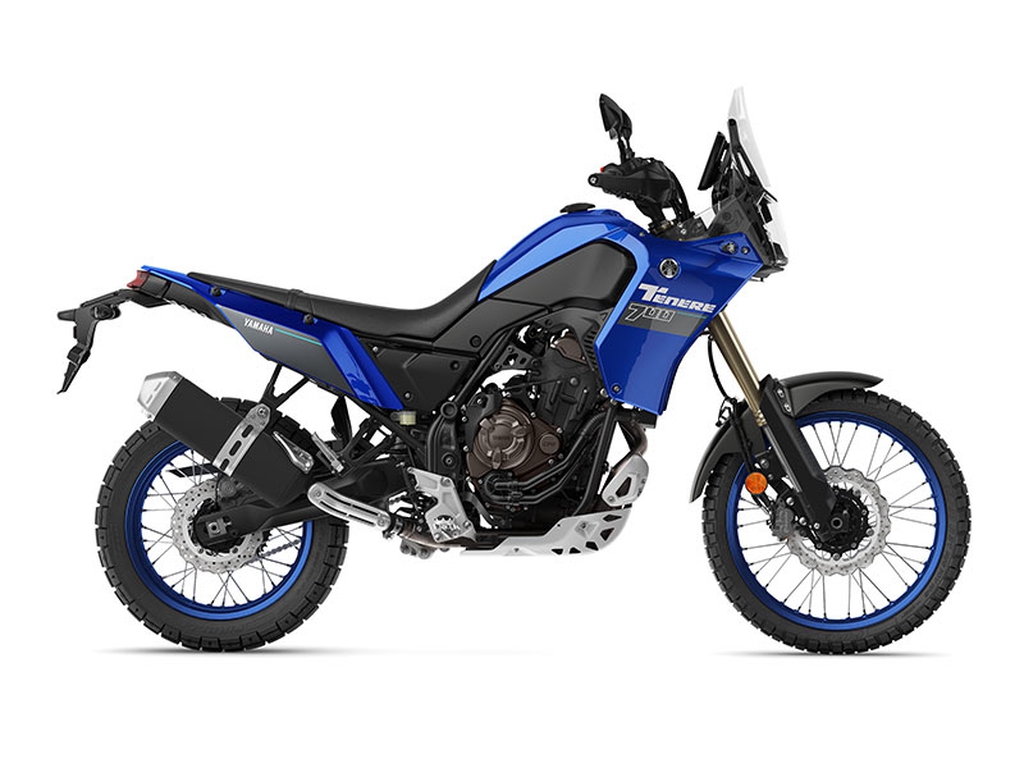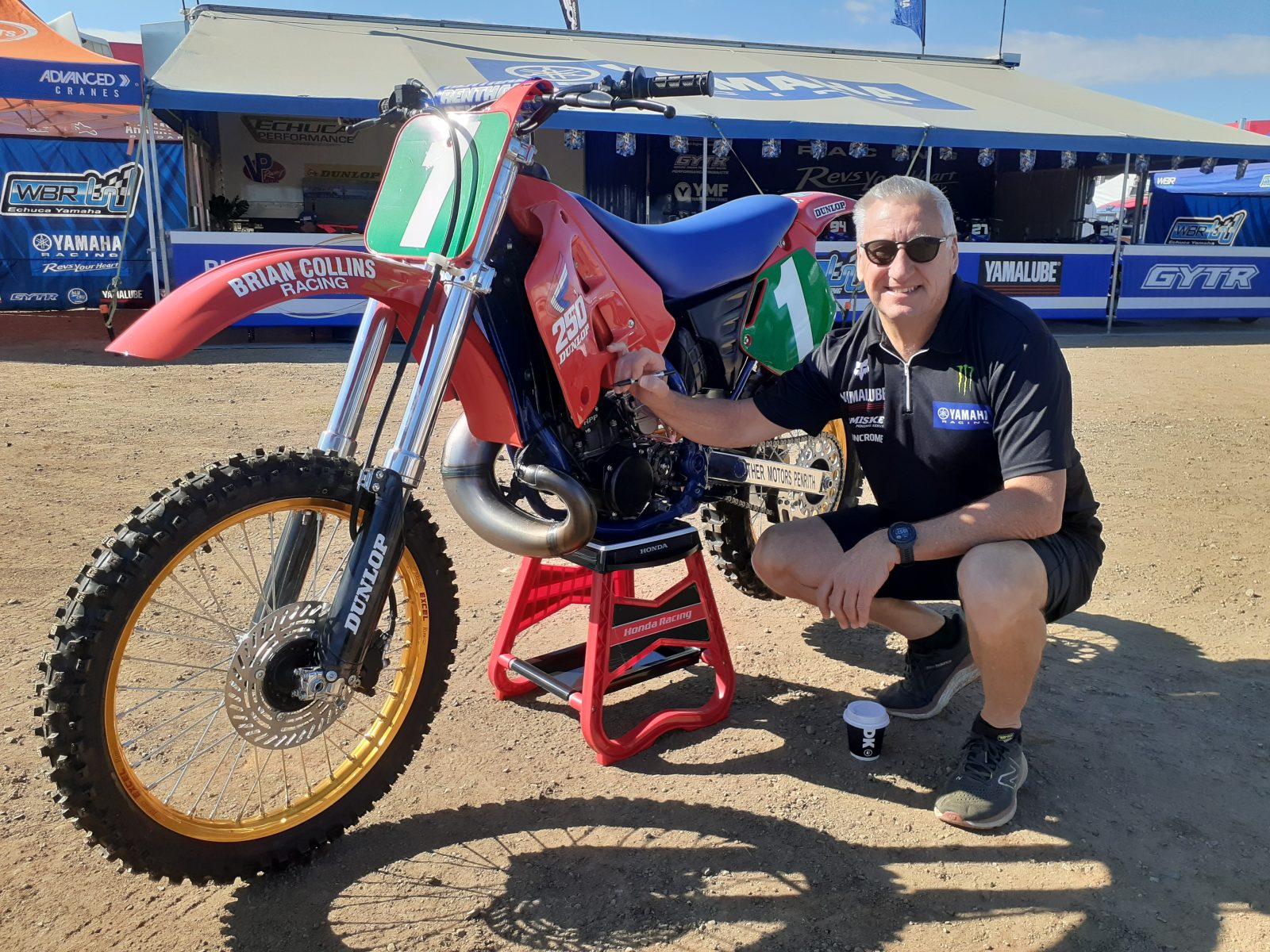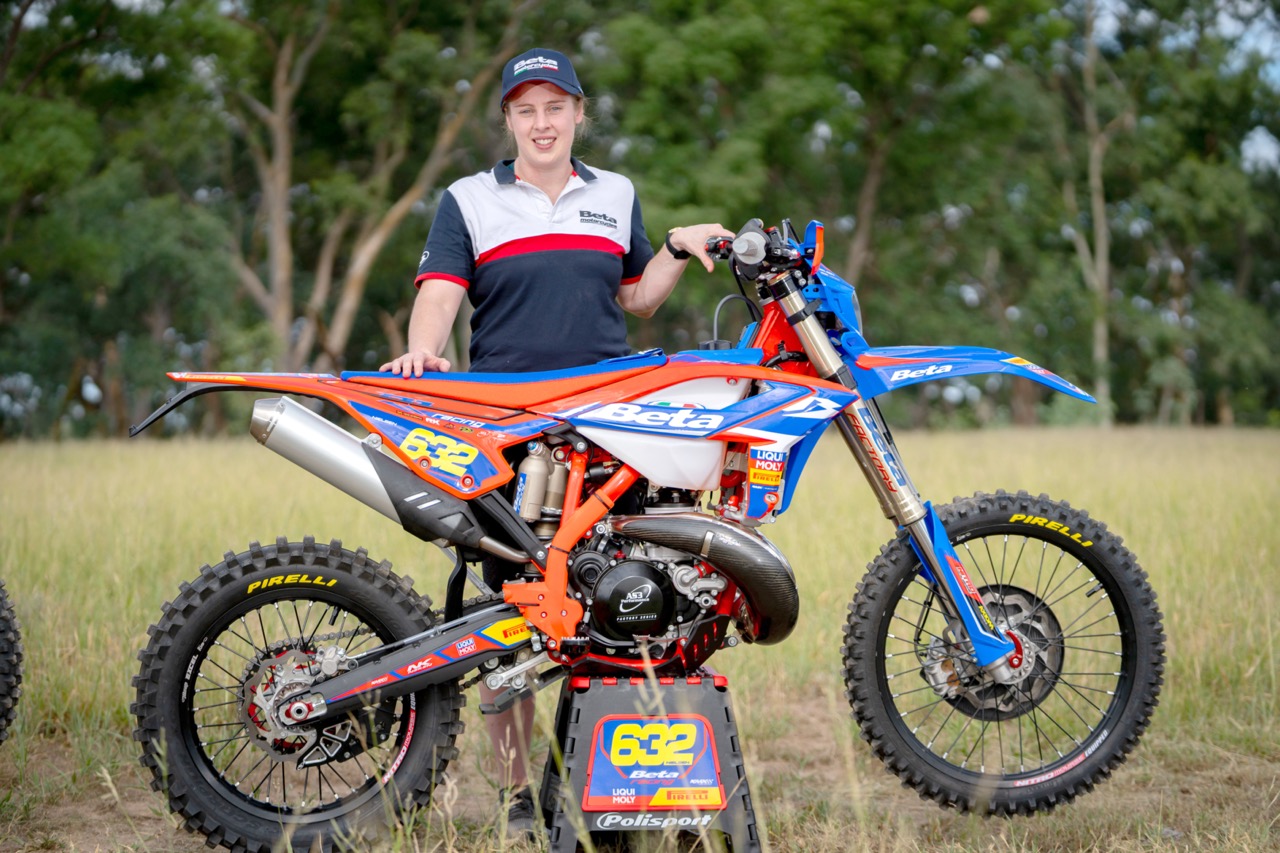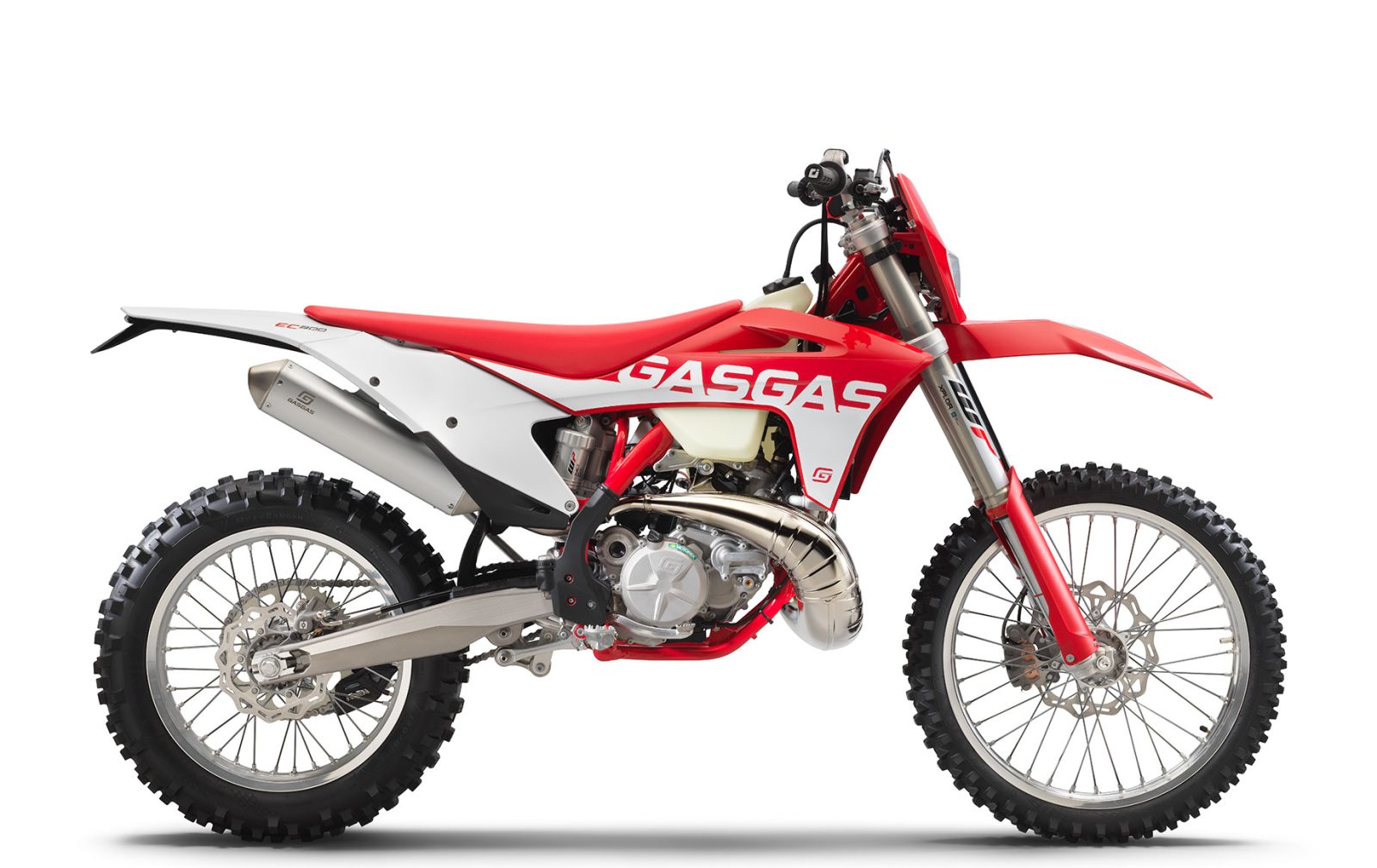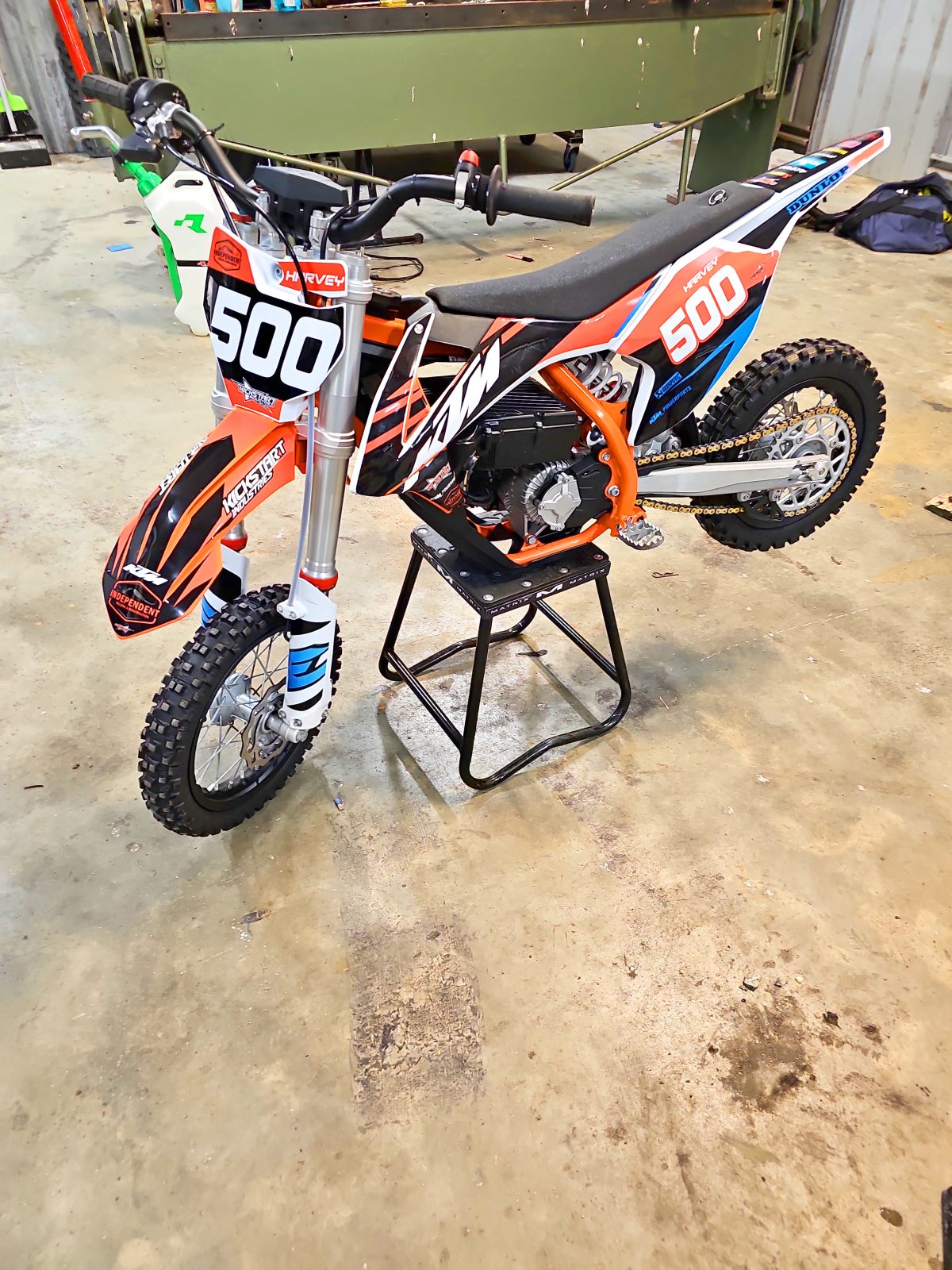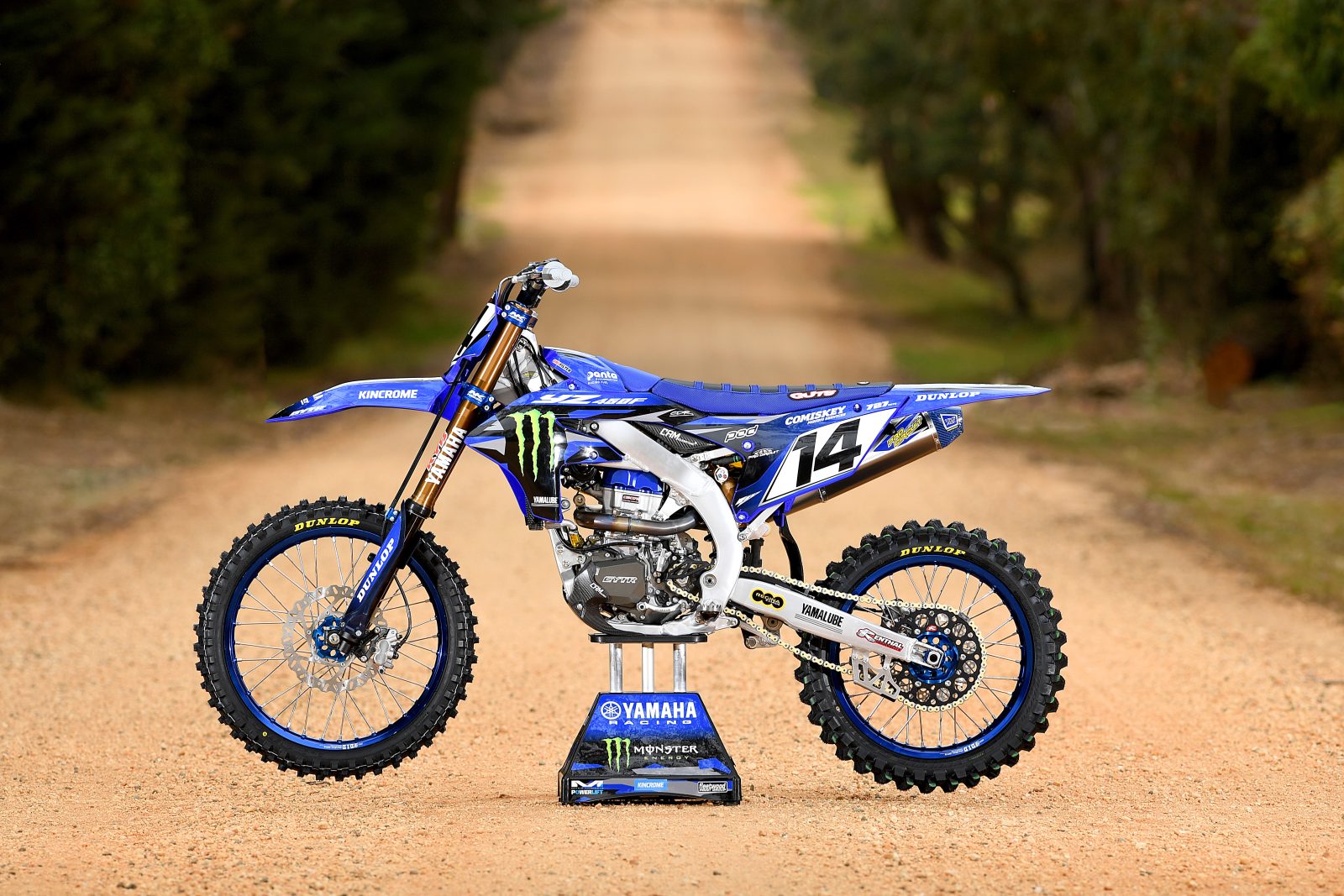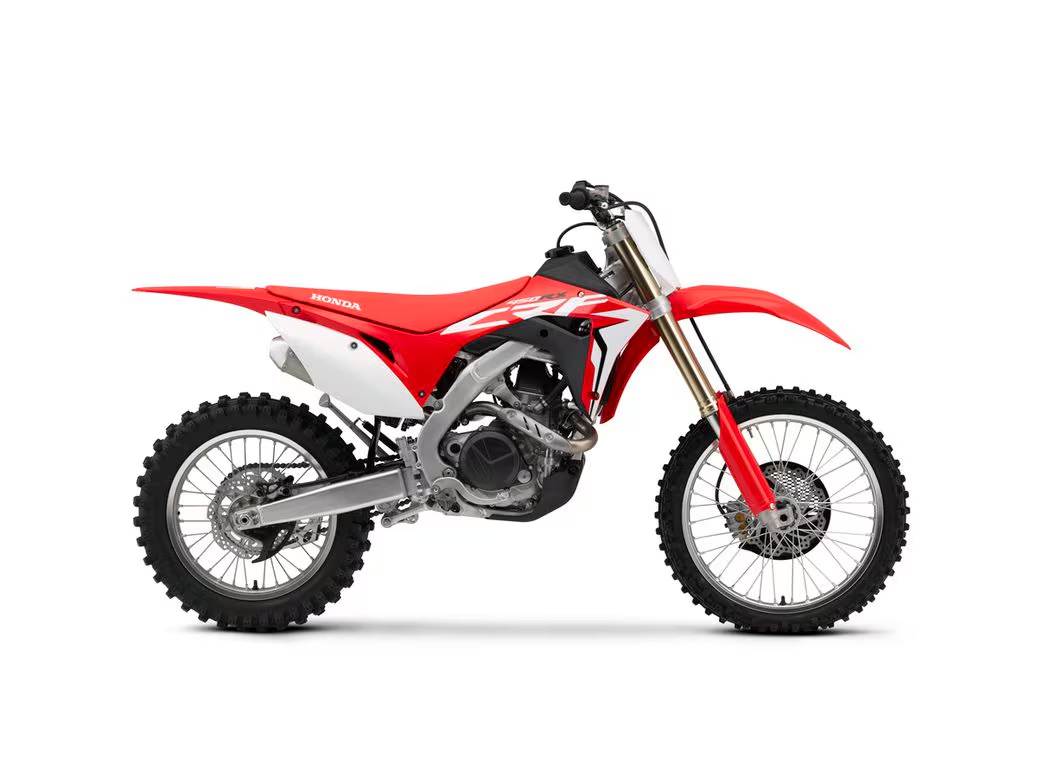Despite my 98kg and 190cm frame on it, the EN 125 produced plenty of bottom-end power, and even managed to cart my bucket arse up snotty hills without snapping in and out of band.
The 2012 EN 125 received a new cylinder and cylinder head, featuring an electronically controlled powervalve system combined with a revised piston, new CDi programming and carburetion settings. These changes gave me the illusion that the bike had more cubes than 125.
The only time I felt there wasn’t enough power was on fast fire trails. It obviously won’t tractor like a 300cc two-stroke uphills and, for someone my size, a bigger capacity bike would mean less clutch work, making for a lazy ride.
But I have no doubts it will get the job done and when it comes to the slower, tighter, more extreme sections. In fact, I reckon it will have you looking like a pro compared to your mates on their 300s.
After some time on the TM it became apparent it was not comfortalbe in wide-open spaces, instead it is more at home in technical, steep, rocky hill climbs or gnarly rock-strewn river runs.
Its 103kg mass, with the 8.7 litre tank fully fuelled, is largely the reason for its supreme agility and useability in hairy situations. The 2012 model received revised settings to the Marzocchi 50mm fork and a new ‘Factory’ TM Racing shock absorber. With the billet machined aluminium triple clamps and damped handlebar mountings, this combination up front made the bike feel stable.
The bike was so light and agile I could stop mid-hill-climb and change direction without having to put my foot down. And, when I did have to dab the ground, I never felt any pressure or tweaking.
The TM EN 125 is one of the easiest bikes I’ve ridden. The most appealing aspect is its handling and the way the power works with it. Most would expect a 125 to be an easy-handling bike because of the weight, but fall down in the power department, or have the bike’s powerband hit hard, forcing the front-end to lift and lose direction.
But, the TM doesn’t do either. It tractors uphill with low revs, handles like a trials bike and, best of all, is cheap to run and repair compared modern four-strokes.
